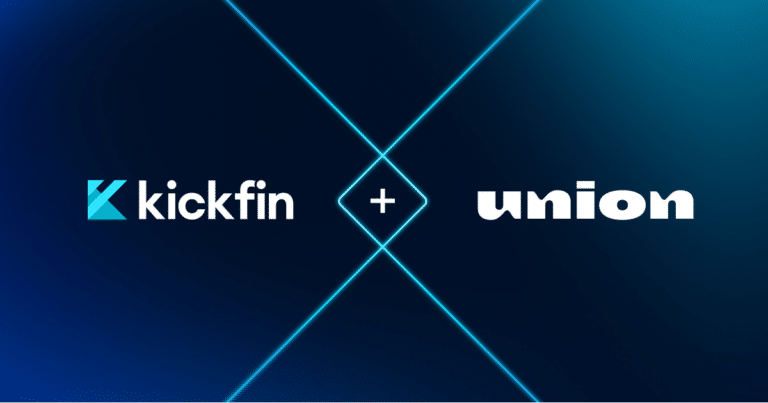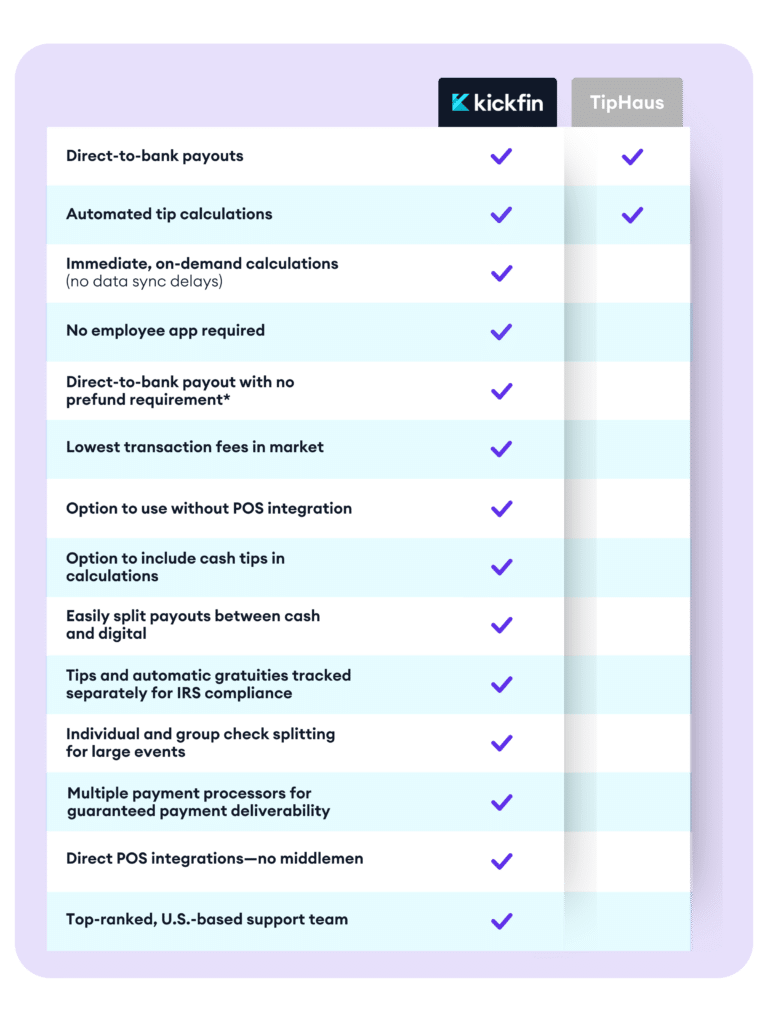It’s not unusual for a restaurant franchisee to start small. While investing in a franchise can be a smart move, it isn’t risk-free, and it generally requires a hefty investment of time and capital. Jumping straight into multi-unit franchise ownership doesn’t make sense for everyone, especially if you’re new to the restaurant franchising game.
Multi-unit franchising can be a fast-track to growth and success, but it comes with a few “ifs” — if you’ve got the operating experience; if you’re working with an established, proven brand; if you’ve got the resources to do it right. And keep in mind: Transitioning from one unit to two (or three, or 10) typically requires big changes to your management team and staff, your operations and processes, and your role as the franchise owner.
If you’re thinking about amplifying your success through multi-unit franchising, here’s everything you need to know.
What is a multi-unit franchise?
A multi-unit franchise model allows franchisees to operate more than one restaurant unit in a given territory.
A franchisee may own the right to operate multiple units of the same brand or operate restaurants for several different franchisors. Guillermo Perales, CEO of Dallas-based Sun Holdings, operates more than 1,000 stores, including 293 Burger Kings, 150 Popeyes, 94 Arby’s, and 18 Krispy Kremes.
Multi-unit doesn’t necessarily mean thousands of restaurants like Perales. Today, 54% of franchises are multi-unit operations, compared to single-unit owners (46%). Breaking that down further, 30% own between two restaurants and 30. Only 5.3% of owners make it past the 100-unit mark.
As long as a franchisee is running more than one store, they qualify as a multi-unit franchisee.
How does a multi-unit franchise work?
Multi-unit franchises scale up operations from one restaurant to two (or many). Typically, this means a multi-unit franchise owner steps into a business development or strategic role rather than a hands-on manager of each restaurant unit.
This also means the multi-unit franchise owner is responsible for developing and running each unit themselves. While they may visit each location to meet with staff or check on operations, more likely they hire an experienced management team to run each location or several locations at a time.
What are the benefits of being a multi-unit franchisee?
Multi-unit franchises exploded in popularity in recent years for restaurant owners — from 2010 to 2018, businesses saw a 23% increase in entry-level multi-unit operators. It’s no surprise why, once you consider the benefits:
- More income. More locations mean access to more revenue streams, especially when expanding into multiple brands.
- Lower operating costs. The more locations you open, the more you can leverage economies of scale, sharing back-end staff like accounting, marketing, and operations across multiple locations and decreasing your overhead.
- Diversified income. Separate locations in a given territory allows you to diversify your income streams and spread risk across multiple investments. If there’s construction in front of one location that decreases traffic, for example, your other units can pick up the slack.
- Relationship-building: Without franchisees, major restaurant chains wouldn’t function. The more locations you open, the stronger relationship you build with a brand — so everyone wins the more profitable you are.
What is a multi-unit franchise agreement?
Franchisees expand in two different ways: starting with one unit and opening more franchise locations over time or signing a multi-unit franchise agreement at the outset. The multi-unit franchise agreement details the rights and obligations of each party (in this case, the franchisor and the franchisee.)
When you sign a multi-unit franchise agreement, you determine:
- How you will open additional units. Are you taking over existing locations or building new ones in your territory, and if so, where? This is part of your area development agreement, which determines guidelines for choosing new sites and franchisor approval.
- The timeline for opening additional units. Most multi-unit franchise agreements outline a prescribed schedule for opening subsequent units, often on an annual basis. How long will you be managing these units, and at which points will you open new ones?
- Your territory. Franchisors grant a specific geographic area for your business to operate in. Some grant more than one territory, if that’s what you’re looking for, but most franchisees operate in one area at a time.
Intellectual property. This includes training, menus, branding colors, guidelines for marketing and other materials, and what rights franchisees have to make changes. In many QSR agreements, the franchisor retains all rights to recipes and menu items offered and changes are not allowed. - Profit, fees, and insurance: The revenue-sharing model you agree to, what fees the franchisee must pay each year to the franchisor for the right to operate, pricing for menu items, and of course, insurance and other costs of operating a business in partnership together.
Franchisors legally have to give you 14 days to review any multi-unit franchise agreement, so read through it carefully with your legal team before making a commitment.
Types of multi-unit franchise agreements
There are two kinds of multi-unit franchise agreements:
- Area development agreements: The more common of the two, this gives franchisees the right to open a certain number of franchise units in your territory over time
- Area representative agreements: This creates a sub-franchisor relationship, which allows the franchisee to open and operate locations but also sell those franchises to others within that territory.
With multi-unit franchises, it’s less about the day-to-day restaurant operations and more about your overall business strategy. As you consider how you plan to expand your restaurant business, think about how many units you want to acquire, which brands you want to partner with, and what types of agreements make the most sense for you.
Opening a multi-unit franchise?
Whether you have one unit or 50, restaurant franchisees can use instant tip payment technology to minimize the risk, hassle, and hidden costs of paying out cash tips. If you’re not already using Kickfin, get in touch with us today for a free demo!






